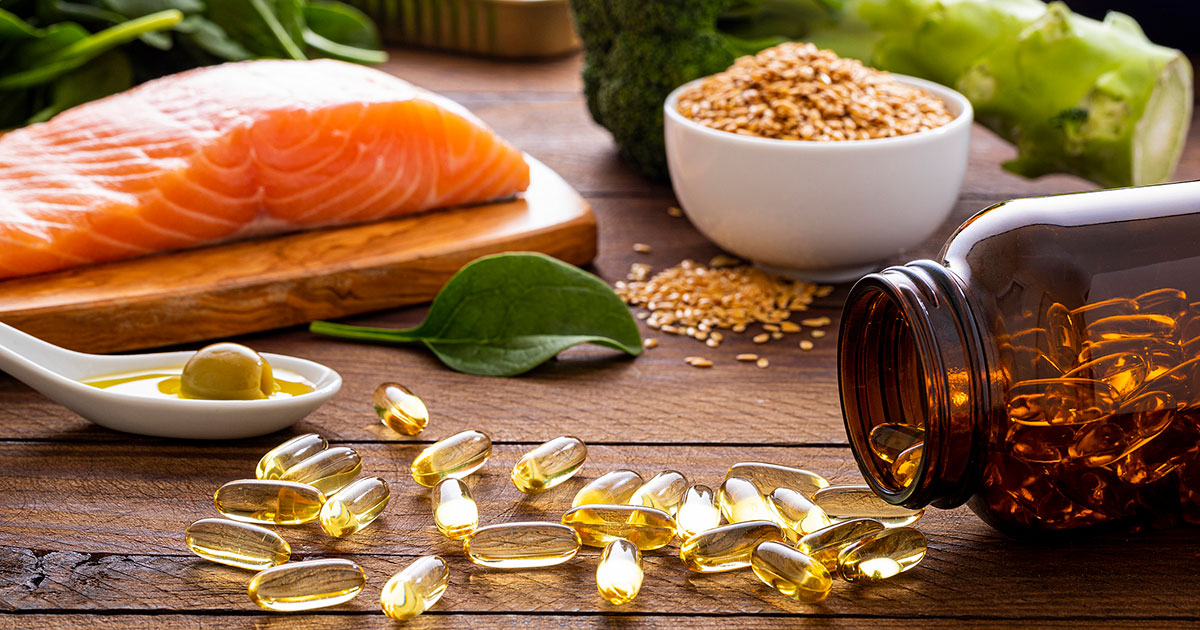
In recent times, there has been a noticeable increase in the fascination surrounding essential oils and herbs, often presented as possible remedies for a variety of health issues in mainstream culture. This enthusiasm is apparent in locations such as the herbal section of health food stores, where a diverse selection of these items can be discovered. Nonetheless, the proof backing their medicinal properties is often weak.
A significant article from The Atlantic pointed out three key assertions regarding essential oils. Firstly, it indicated that adding essential oils like oregano oil to livestock feed might enhance the health of farm animals, a concept that some farmers are currently evaluating. This method could potentially decrease the use of antibiotics in farming—a critical aspect considering the impact of such usage on fostering antibiotic resistance in humans.
Secondly, the article endorsed tea tree oil as a potent antiseptic, a statement that is validated by its inclusion in numerous personal care products. Tea tree oil is already widely recognized for its germ-fighting abilities.
The third assertion—that essential oils such as oregano oil could act as antibiotics by eliminating bacteria in a petri dish—elicits greater doubt. While components like thymol and carvacrol, present in oregano oil, are utilized in consumer goods, the requirements for therapeutic application differ significantly from those for antiseptic or preservative uses.
For a substance to qualify as an effective antibiotic, it must eradicate bacteria at concentrations that are considerably lower than those that could harm humans. This criterion is where thymol and carvacrol do not meet expectations. Research indicates that the minimum inhibitory concentrations (MICs) for these substances are quite elevated, suggesting that they lack the potency required to function as therapeutic antibiotics. Furthermore, their low water solubility creates additional obstacles for achieving effective concentrations in the bloodstream without leading to negative effects.
While essential oils might possess promise in fields such as food preservation or acting as antiseptics, their application as antibiotics remains questionable based on available information. The disparity between destroying bacteria in a laboratory environment and effectively addressing an infection within the human body is significant.
Thus, while the enthusiasm surrounding essential oils is understandable, it is vital to balance excitement with scientific evaluation and a clear comprehension of the differences between consumer products and therapeutic agents.